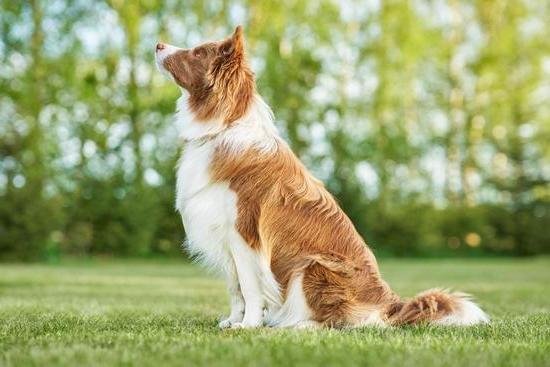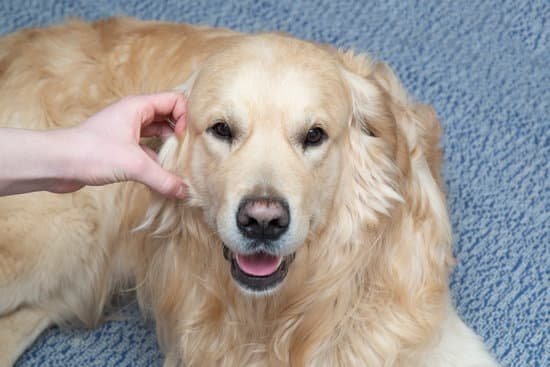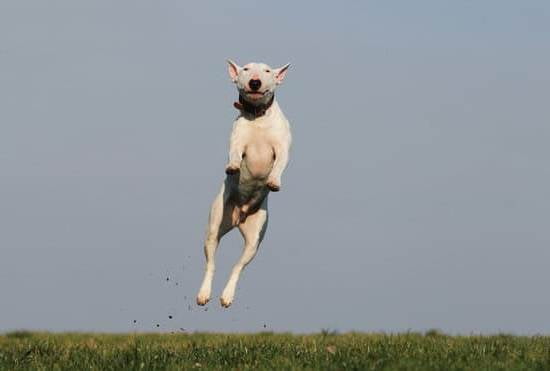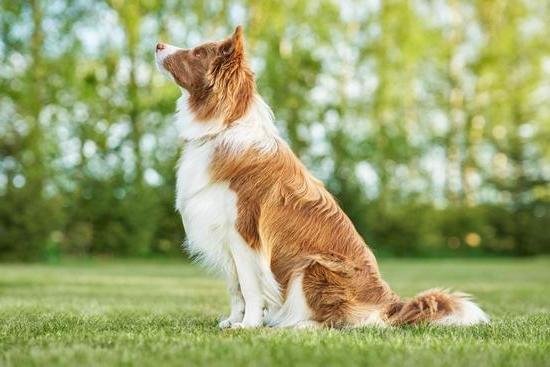How To Loose Leash Train Your Dog
Leash training a dog can be frustrating, but it’s important for both you and your pet. If you’re having trouble with your dog pulling on the leash, here are a few tips to help you out.
Start off by putting your dog on a short leash. This will help you to better control them when they’re first learning how to walk correctly. Make sure to keep your hand close to the dog’s chest, as this will help to keep them close to you.
When your dog starts to pull, stop walking and wait for them to calm down. Once they’re calm, start walking again. If they start to pull again, stop and wait for them to calm down. This will help them to understand that they need to stay close to you when they’re on the leash.
It’s also important to praise your dog when they walk correctly. This will help to reinforce the good behavior.
If you follow these tips, you’ll be able to successfully leash train your dog in no time!
How To Train Leash Reactive Dog
So, you’ve just brought home your new furry friend, and you’re eager to start your training regimen. But before you can even think about teaching your dog to sit or stay, you first need to address an important issue: leash reactivity.
Leash reactivity is a common problem among dogs, and it can be quite frustrating for both pet parents and pooches alike. Dogs who are reactive on leash often bark, lunge, and pull at the leash, making it difficult to walk them.
If your dog is leash reactive, don’t worry – there are plenty of things you can do to help him/her become more relaxed and manageable on leash. In this article, we’ll discuss some of the best ways to train a leash reactive dog.
1. Start with basic obedience commands.
Before you even think about working on your dog’s leash reactivity, it’s important to make sure he/she knows some basic obedience commands. This will help you to better control your dog when he/she is feeling reactive.
Some basic obedience commands to start with include sit, down, stay, come, and heel. Make sure you are consistent with your commands, and be sure to reward your dog with treats and praise when he/she follows your commands.
2. Use positive reinforcement.
One of the best ways to train a leash reactive dog is through positive reinforcement. This means rewarding your dog for good behavior, rather than punishing him/her for bad behavior.
If your dog begins to react on leash, don’t scold him/her or pull on the leash. Instead, calmly and quietly remove yourself and your dog from the situation. Once your dog has calmed down, you can then reintroduce him/her to the situation.
Be sure to reward your dog with treats and praise when he/she behaves well in difficult situations. This will help to reinforce good behavior and encourage your dog to continue behaving well.
3. Start out slowly.
When you’re working with a leash reactive dog, it’s important to start out slowly. Don’t try to tackle too many new things at once; instead, focus on one thing at a time and gradually increase the difficulty level as your dog becomes more comfortable.
If your dog is reactive to other dogs, start out by just having him/her sit next to you while other dogs pass by. As your dog becomes more comfortable, have him/her stay in a sit or down position while other dogs pass by.
Slow and steady wins the race when training a leash reactive dog.
4. Use a clicker.
If you’re looking for an extra tool to help you train your leash reactive dog, consider using a clicker. A clicker is a small, handheld device that makes a clicking sound. When used properly, a clicker can help to reinforce good behavior and help your dog learn new commands more quickly.
When your dog exhibits good behavior, click the clicker and immediately give him/her a treat. This will help your dog to associate the clicking sound with good behavior, and he/she will learn to behave in order to earn a treat.
5. Be patient.
Training a leash reactive dog can be a frustrating process, but it’s important to be patient. Rome wasn’t built in a day, and your dog won’t become a perfect walking companion overnight.
Be sure to take things slow, and be patient with your dog as he/she learns new commands and behaviors. Praise your dog for even the smallest accomplishments, and don’t get discouraged if there are setbacks along the way.
With patience and perseverance, you can help your leash reactive dog become a well-behaved member of the family.
How To Train Your Dog From Pulling On Leash
Most dogs love to pull on the leash when they are out for a walk. It can be quite frustrating for the owner to try and control the dog while they are pulling. There are a few things that you can do to help train your dog to stop pulling on the leash.
The first thing that you need to do is to make sure that you are using the correct leash. A leash that is too long will give your dog more freedom to pull. A leash that is too short will make it difficult for your dog to walk. You should use a leash that is the correct length for your dog.
The next thing that you need to do is to make sure that you are using the correct collar. A collar that is too tight will make it difficult for your dog to breathe. A collar that is too loose will not be effective in training your dog. You should use a collar that is the correct size for your dog.
The next thing that you need to do is to make sure that you are using the correct behavior. If you are trying to train your dog to stop pulling on the leash, you should use the behavior of walking next to you. If you are trying to train your dog to stay close to you, you should use the behavior of following you.
The next thing that you need to do is to make sure that you are using the correct reward. If you are trying to train your dog to stop pulling on the leash, you should use the reward of treats. If you are trying to train your dog to stay close to you, you should use the reward of praise.
The next thing that you need to do is to make sure that you are using the correct timing. If you are trying to train your dog to stop pulling on the leash, you should use the timing of rewards after the dog has walked next to you for a few steps. If you are trying to train your dog to stay close to you, you should use the timing of rewards after the dog has followed you for a few steps.
The next thing that you need to do is to make sure that you are using the correct amount of rewards. If you are trying to train your dog to stop pulling on the leash, you should use the reward of treats every few steps. If you are trying to train your dog to stay close to you, you should use the reward of praise every few steps.
The last thing that you need to do is to be consistent with your rewards. If you are trying to train your dog to stop pulling on the leash, you should use the reward of treats every time the dog walks next to you. If you are trying to train your dog to stay close to you, you should use the reward of praise every time the dog follows you.
Training A Rescue Dog To Walk On A Leash
Many people are interested in rescuing a dog, but may not know how to train the dog to walk on a leash. This guide will provide you with the necessary information on how to train your rescue dog to walk on a leash.
Before you start training your dog to walk on a leash, you will need to purchase a leash and a collar. It is important to select a leash and collar that are both the correct size for your dog. You should also make sure that the leash and collar are made from a durable material that can withstand your dog’s pulling.
The first step in training your dog to walk on a leash is to get them used to wearing the collar. You can do this by putting the collar on your dog and giving them a treat. Do this for a few minutes each day until your dog is comfortable wearing the collar.
Once your dog is comfortable wearing the collar, you can start training them to walk on a leash. To do this, you will need to hold the leash in your hand and give your dog a treat. Do this for a few minutes each day until your dog is comfortable walking on the leash.
Once your dog is comfortable walking on the leash, you can start taking them for walks. It is important to start out by taking your dog for short walks and gradually increase the length of the walks as your dog becomes more comfortable walking on the leash.
If your dog pulls on the leash, you will need to stop and correct them. You can do this by saying “no” in a firm voice and then giving them a treat. You will need to continue doing this until your dog learns that pulling on the leash will not get them what they want.
It is important to be patient and consistent when training your dog to walk on a leash. It may take a few weeks or even months for your dog to learn how to walk properly on a leash. But, with patience and perseverance, you will be able to train your dog to walk on a leash like a pro.
Dog In Training Leash Sleeve
A Dog In Training Leash Sleeve is a great way to keep your dog close by while training. This sleeve wraps around your arm and has a clip on the end that attaches to your dog’s leash. This is a great way to keep your dog close by while training and ensure that they don’t wander off.

Welcome to the blog! I am a professional dog trainer and have been working with dogs for many years. In this blog, I will be discussing various topics related to dog training, including tips, tricks, and advice. I hope you find this information helpful and informative. Thanks for reading!





